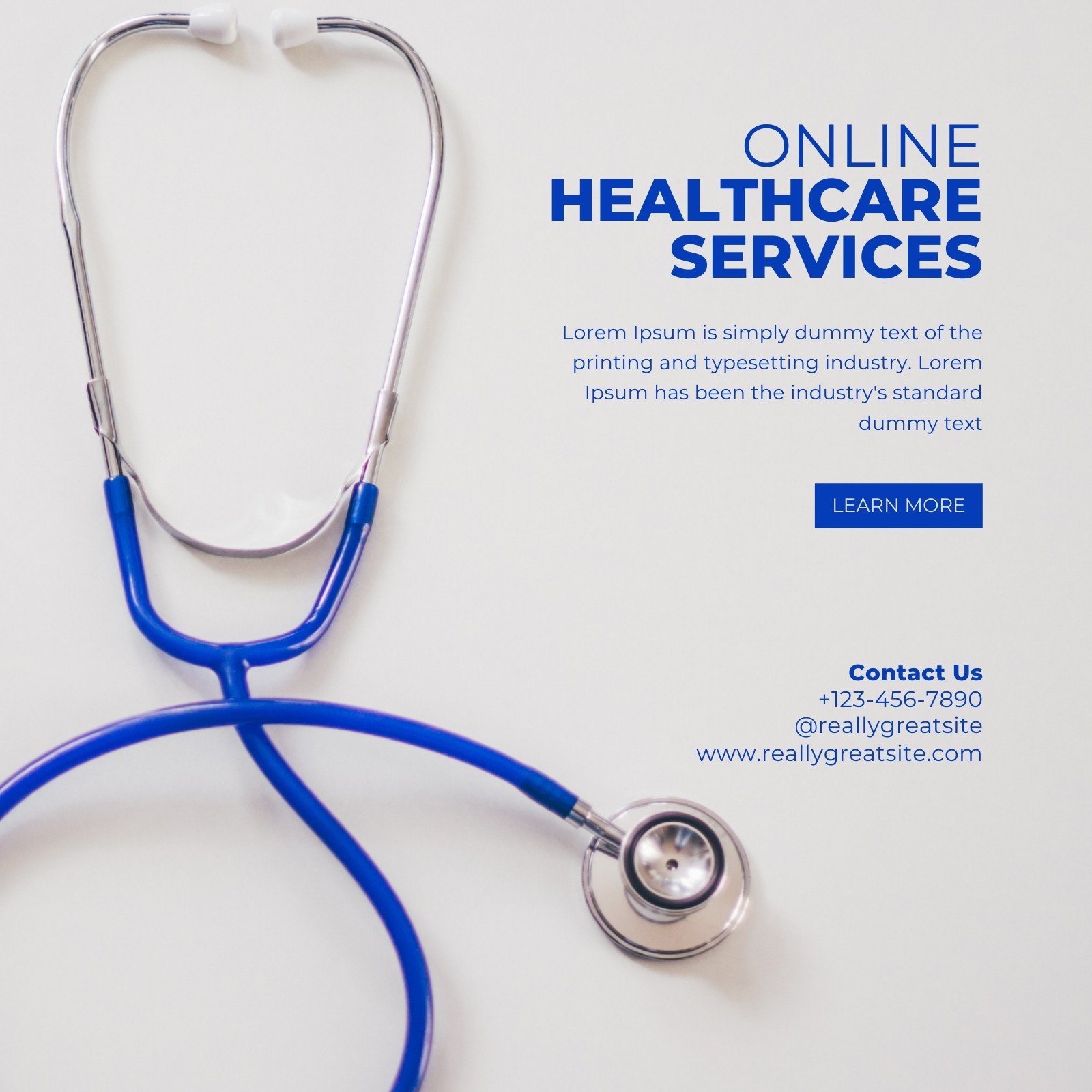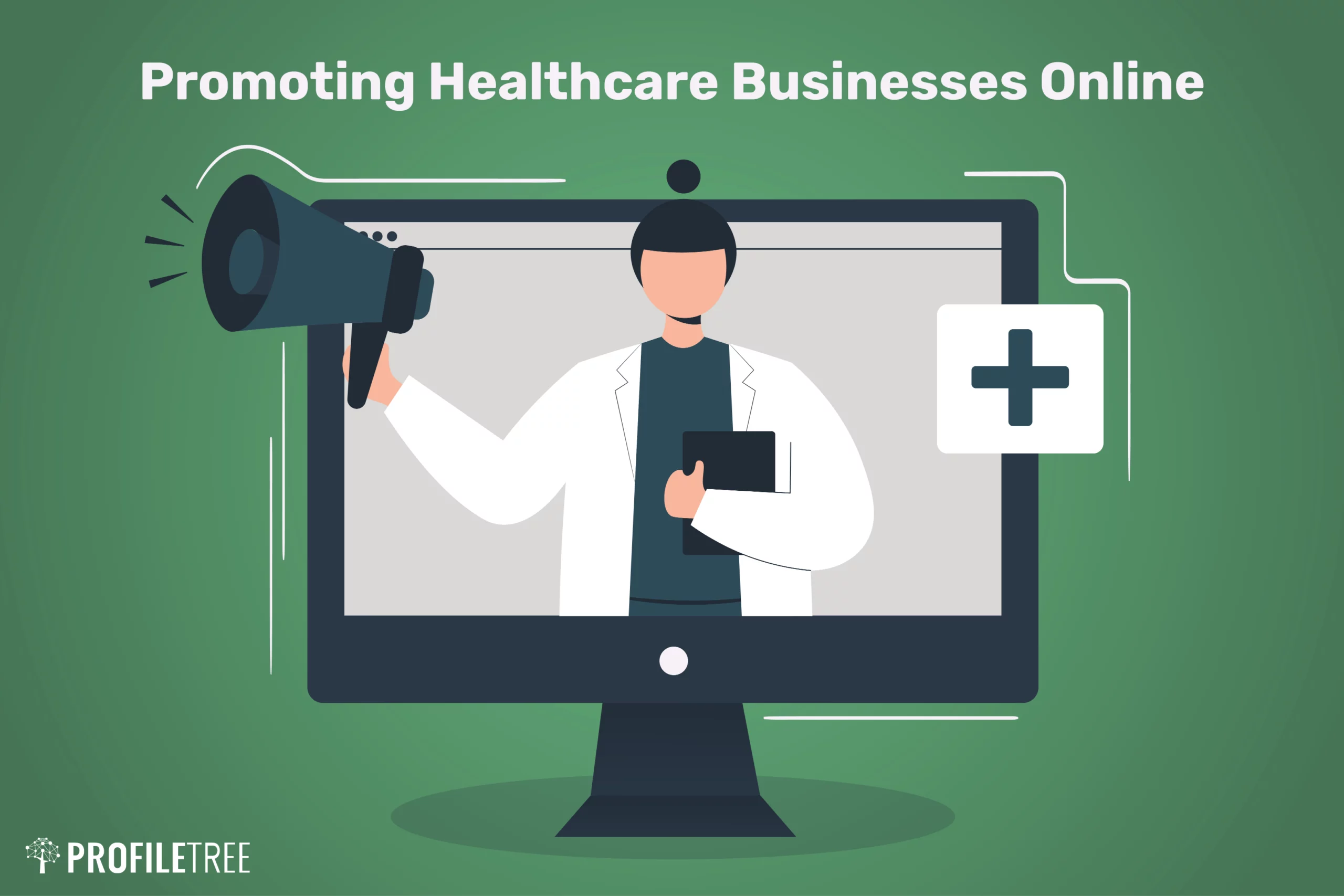Why Subscription Based Healthcare is Acquiring Appeal Among Patients Today
Why Subscription Based Healthcare is Acquiring Appeal Among Patients Today
Blog Article
How Subscription-Based Health Care Is Transforming the Clinical Sector

The Surge of Membership Medical Care
Recently, the health care market has experienced a considerable change in the direction of subscription-based designs, reflecting broader customer patterns favoring ease and predictability. This improvement is driven by the increasing need for more tailored and available care options. Registration health care, in some cases described as concierge medicine or straight primary treatment, uses individuals a set regular monthly fee for a series of clinical services, considerably altering traditional fee-for-service versions.
The increase of membership healthcare is helped with by improvements in modern technology, which enable streamlined communication in between clients and companies - subscription based healthcare. Digital systems and telehealth services have become important, using people the capacity to schedule appointments, accessibility clinical documents, and obtain consultations online. This technological integration not just improves patient engagement however additionally permits companies to provide extra efficient treatment
Furthermore, the subscription version straightens with the progressing assumptions of people who look for more control over their medical care expenses and experiences. By removing the unpredictability of co-pays and insurance coverage cases, subscription-based health care supplies a uncomplicated and transparent technique. While this model is acquiring grip, its expansion faces obstacles such as governing difficulties and the need for broader acceptance within the traditional medical care community. Its expanding existence marks an essential moment in the development of medical care delivery.
Benefits for Companies and people
Subscription-based medical care uses a wide variety of advantages for both individuals and service providers, reshaping the dynamics of healthcare. For people, this version supplies enhanced accessibility to medical care services. With a foreseeable monthly fee, patients can appreciate unlimited assessments, lowered delay times, and individualized treatment. This plan usually leads to a much more aggressive strategy to wellness administration, enabling prompt interventions that can avoid persistent conditions from intensifying. The financial transparency of membership designs lowers the unpredictability connected with standard fee-for-service billing, relieving the burden of unforeseen clinical expenses.
For health care companies, subscription-based versions cultivate an even more lasting and satisfying practice. Administrative tasks are usually streamlined, decreasing overhanging prices and enabling providers to commit even more time to individual interaction. Generally, subscription-based medical care straightens the rewards of individuals and providers, advertising a much more patient-centered and effective healthcare delivery system.
Secret Features of the Model
Frequently, the crucial functions of the subscription-based health care design highlight its distinctive strategy to delivering medical services. Central to this version is the concept of predictable, regular monthly payments, offering people an extensive variety of solutions without the unpredictability visite site of standard fee-for-service structures. This design usually consists of limitless access to main care solutions, preventive treatment, and routine exams, guaranteeing that individuals can involve with their healthcare companies proactively as opposed to reactively.
Furthermore, straight communication networks, such internet as telemedicine and messaging platforms, are stressed, enabling clients to receive prompt suggestions and assessments without requiring in-person consultations. This boosts ease of access and ease, specifically for people with movement restraints or those residing in remote locations. The model additionally cultivates stronger doctor-patient relationships, as medical care service providers are incentivized to focus on lasting wellness end results rather than short-term visits.
Furthermore, subscription-based health care usually integrates technical advancements, such as electronic health records and wellness monitoring applications, to supply customized and effective treatment. People profit from collaborated and constant care administration, which is customized to their certain health and wellness needs. Ultimately, these features jointly create a patient-centered health care experience, prioritizing accessibility, cost openness, and precautionary treatment.

Challenges and Considerations
While the subscription-based healthcare design offers countless advantages, it is not without its challenges and considerations. Membership versions might accidentally prefer those with greater socioeconomic status, potentially widening differences in healthcare access for lower-income people who may struggle with month-to-month fees.
An additional obstacle lies in governing conformity. Subscription-based medical care must browse a complex web of guidelines that vary by region, consisting of issues around patient confidentiality, information security, and state licensing requirements. Making sure compliance without restraining the model's adaptability and technology can be daunting for click here to read suppliers.
Additionally, there is the threat of overutilization or underutilization of solutions. Patients paying a fixed fee may overuse solutions, causing increased functional prices, while others might underutilize because of be afraid of burdening the system, potentially disregarding needed treatment.
Future Prospects and Innovations
The landscape of subscription-based medical care is poised for change via emerging innovations and developing prospects. As innovation remains to advance, the integration of fabricated intelligence and artificial intelligence presents considerable opportunities to enhance diagnostic precision and simplify client administration. Predictive analytics can reinvent preventative care by determining prospective health and wellness risks before they materialize, consequently lowering both costs and the burden on healthcare systems.
Additionally, telemedicine is readied to expand within membership models, offering patients raised access to health care specialists no matter of geographical constraints. This not only promotes continuity of care but also encourages patients to involve even more actively in their health monitoring. Furthermore, blockchain technology uses possible in protecting patient information and making sure interoperability throughout platforms, cultivating trust and openness.
The advancement of tailored medicine is an additional frontier, with membership designs giving an unique framework for supplying customized health solutions. Hereditary testing and personalized treatment strategies can be seamlessly integrated, lining up individual requires with details clinical interventions. In addition, partnerships in between technology business and doctor are most likely to produce cutting-edge remedies, boosting individual experiences and results. As these potential customers appear, subscription-based healthcare has the potential to redefine how care is provided and accessed.
Conclusion
Subscription-based medical care is transforming the clinical market by offering a much more available, foreseeable, and patient-centered strategy to medical services. Despite obstacles such as regulatory hurdles and potential variations in accessibility, the subscription design holds promise for an extra effective and individualized healthcare experience.
Registration healthcare, often referred to as concierge medication or direct main treatment, supplies clients a set month-to-month charge for a variety of clinical services, significantly altering typical fee-for-service designs.
Furthermore, the registration design aligns with the evolving assumptions of individuals that seek even more control over their health care expenditures and experiences. For individuals, this model gives boosted access to healthcare solutions. On the whole, subscription-based health care lines up the rewards of people and suppliers, advertising an extra patient-centered and efficient healthcare distribution system.
In addition, telemedicine is set to expand within registration models, offering individuals enhanced accessibility to medical care professionals no matter of geographical constraints. - subscription based healthcare
Report this page